The safety concerns of vacuum flasks, also known as thermos flasks or travel mugs, have become a focal point for consumers as these products become a staple in everyday life. The material and manufacturing processes of these flasks, which come into direct contact with food and beverages, are crucial for consumer health. Recent incidents involving health issues stemming from the materials used in vacuum flasks have sparked widespread societal debate, thrusting the safety of these products into the spotlight.
I. Background of Vacuum Flask Safety Issues
The safety issues surrounding vacuum flasks are primarily concentrated in the areas of material safety, seal integrity, and thermal insulation effectiveness. Some unscrupulous manufacturers use inferior materials to cut costs, which may contain harmful substances such as heavy metals, posing a risk to human health with long-term use. Additionally, poor seal integrity in vacuum flasks can lead to beverage leakage, affecting the user experience and even presenting a risk of scalding.
II. Establishment and Enforcement of Industry Standards
To regulate the market and protect consumer rights, various countries and regions have established strict safety standards for vacuum flasks. These standards cover aspects such as material safety, product structure, and manufacturing processes, requiring all vacuum flasks on the market to pass corresponding safety tests. At the same time, relevant authorities have increased market supervision and severely cracked down on substandard products.
III. Technological Innovation Enhances Product Safety
Technological innovation is key to improving the safety of vacuum flasks. Many companies have developed new environmentally friendly materials and improved manufacturing processes to produce safer and healthier vacuum flask products. For example, some have adopted food-grade stainless steel materials, which are free of harmful substances and offer good corrosion resistance and thermal insulation performance. Moreover, by improving the design of the sealing structure, the sealing performance of vacuum flasks has been enhanced, effectively preventing leakage and scalding risks.
IV. Consumer Education and Market Guidance
In addition to the establishment of industry standards and technological innovation, consumer education and market guidance are equally important. Relevant departments and companies should increase efforts to popularize knowledge about the safety of vacuum flasks, educating consumers on how to correctly select and use these products. At the same time, market mechanisms should be used to guide consumers towards choosing high-quality products that meet safety standards, gradually phasing out inferior products.
V. Challenges and Prospects
Despite certain progress in the safety of vacuum flasks, challenges remain. Cost is one of the main obstacles, as high-quality materials and advanced processes often come with higher costs. Additionally, consumer awareness of vacuum flask safety knowledge is still in need of improvement. Looking forward, with technological advancements and increased consumer awareness, the safety issues of vacuum flasks are expected to be better resolved.
Conclusion
The safety of vacuum flasks is a significant issue that relates to consumer health. Through the establishment of industry standards, technological innovation, and consumer education, the safety of vacuum flasks can be effectively enhanced, protecting the health rights of consumers. The future of the vacuum flask industry requires the collective efforts of the entire sector to provide consumers with a safer and healthier drinking experience.


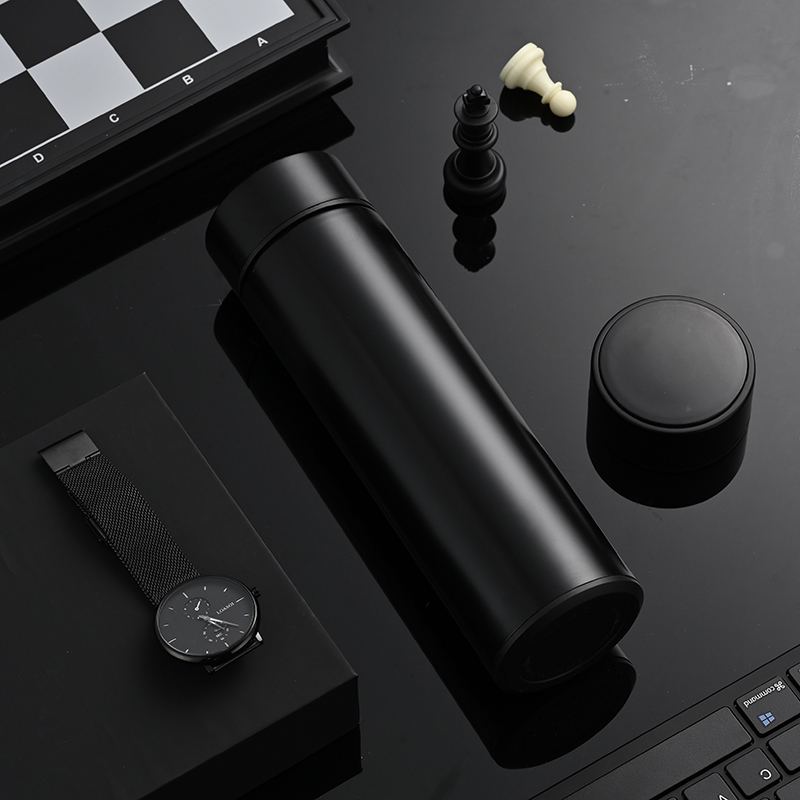
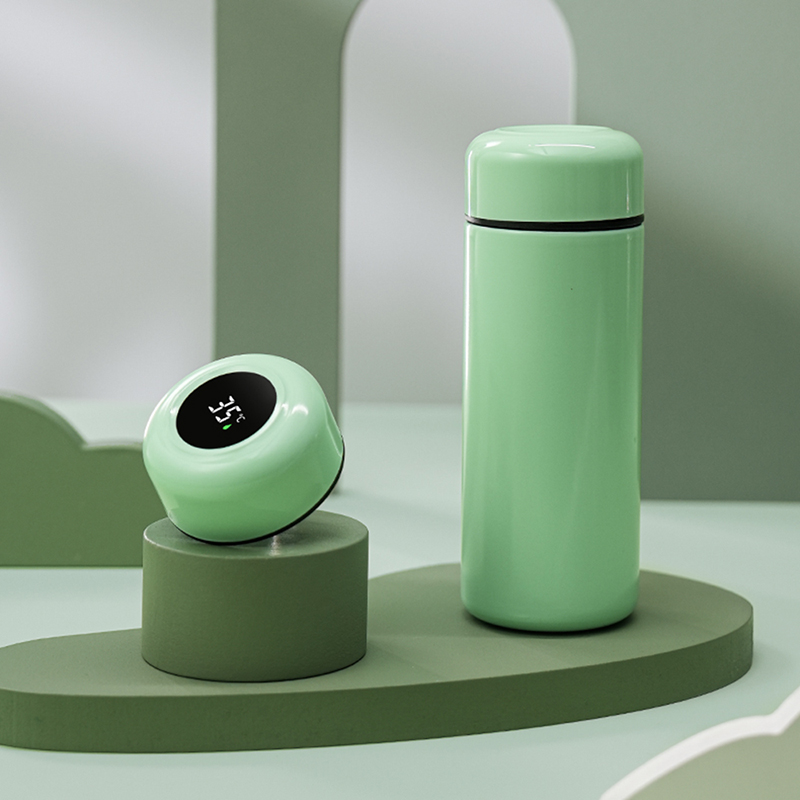
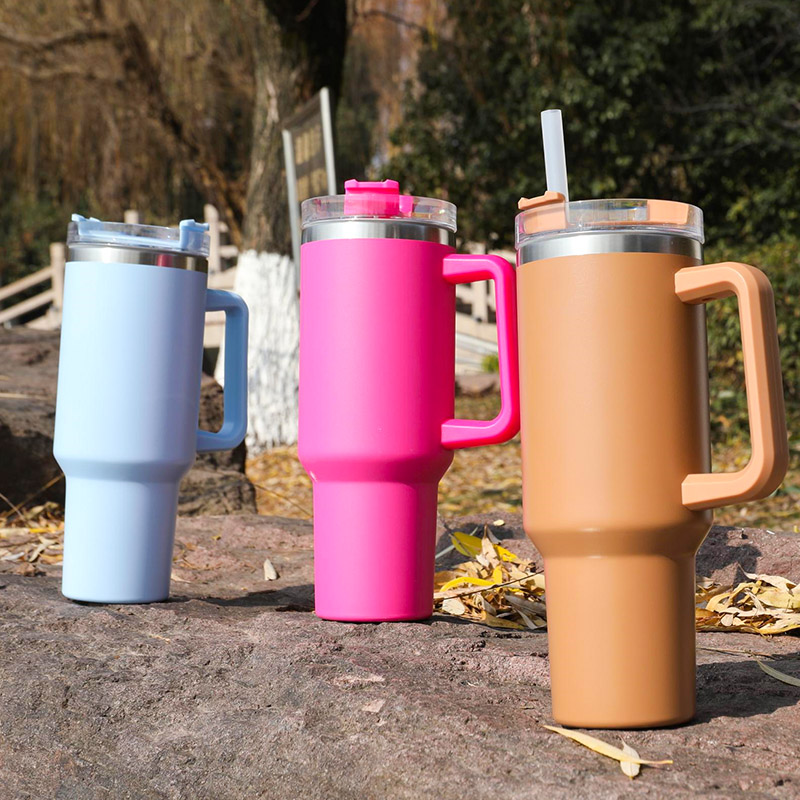

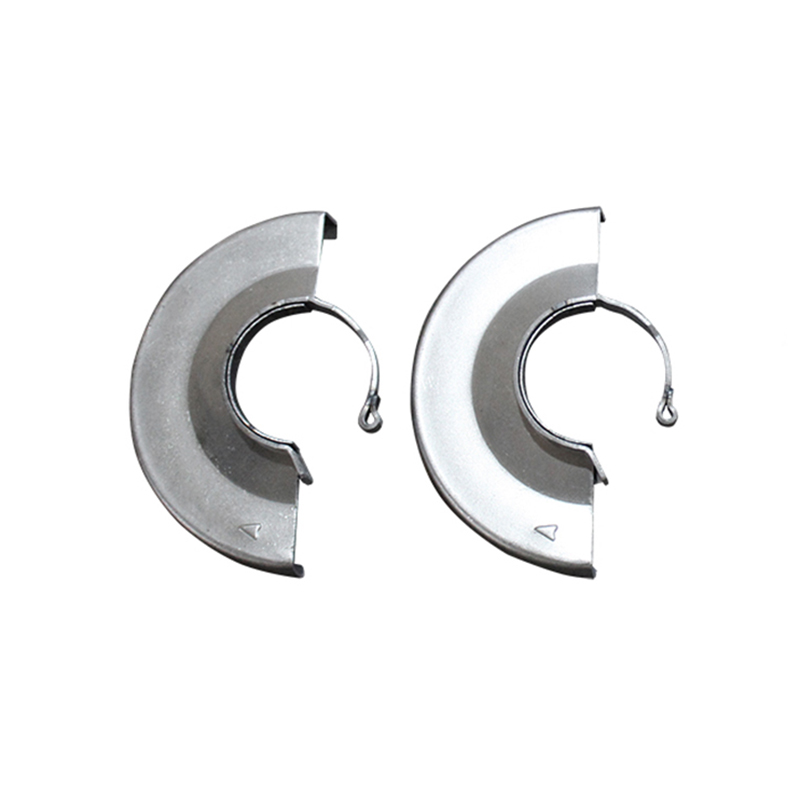
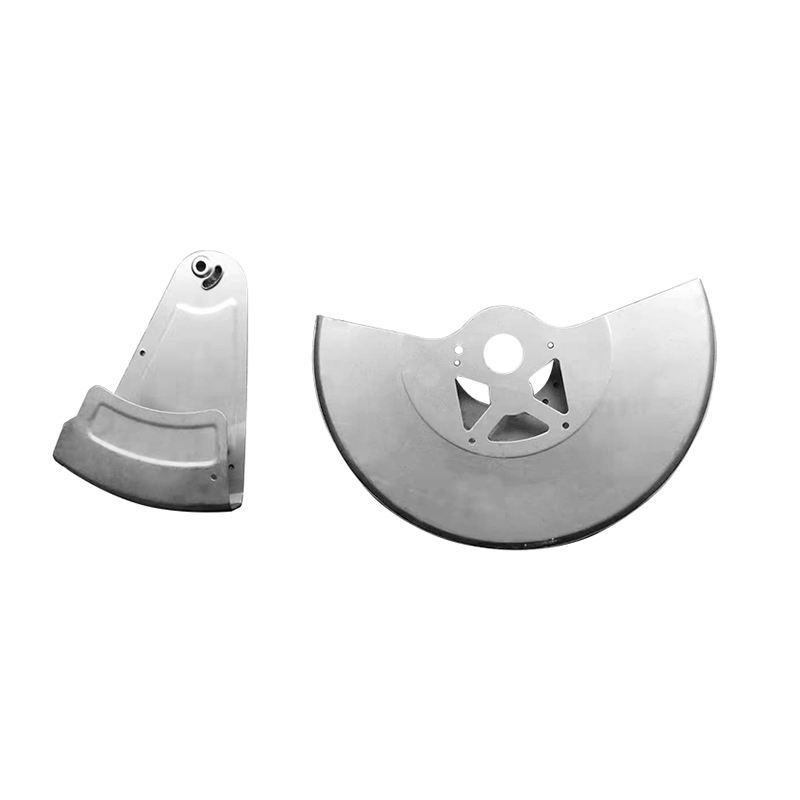
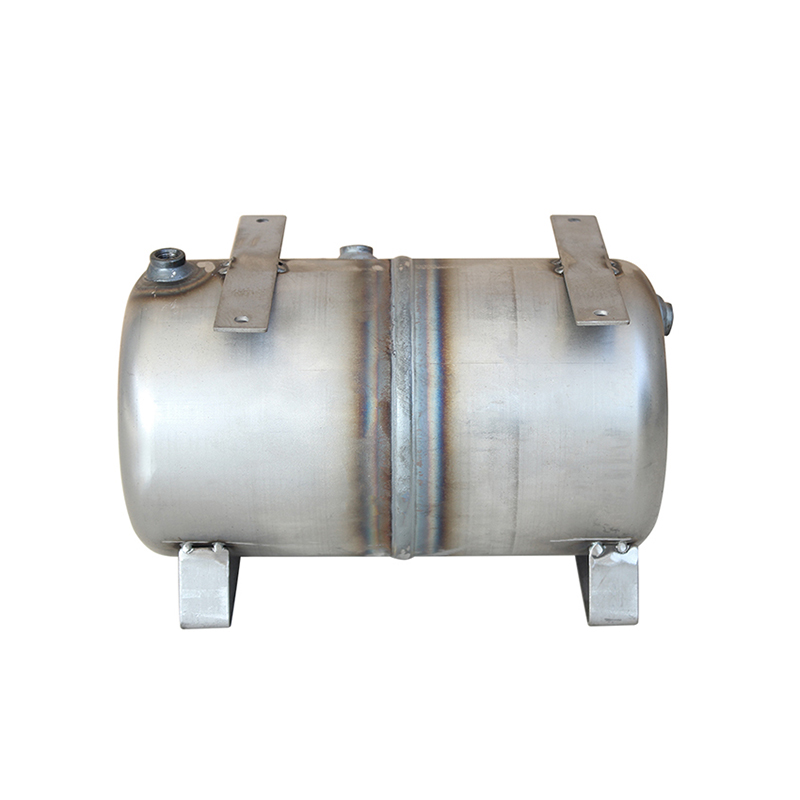







 Leave us a message
Leave us a message 浙公网安备 33078402100991号
浙公网安备 33078402100991号